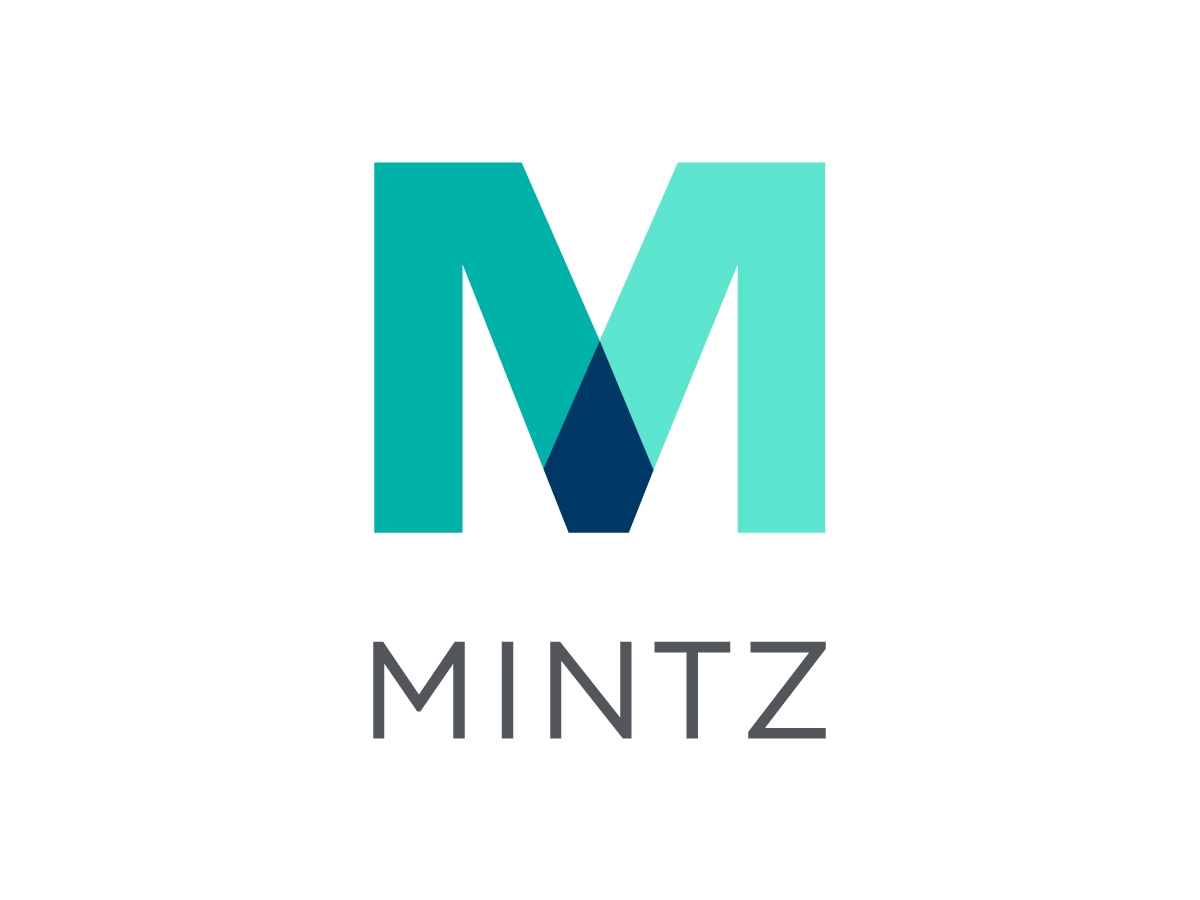The Rise of AI-Powered Patent Attorneys
“The strategic opportunity lies in saving 50% of attorneys’ time today and envisioning a future where the arduous task of writing a 40-hour patent could be accomplished in just four hours, totally redefining the landscape of patent writing and prosecution.”
In the dynamic landscape of the legal industry, the winds of change are blowing stronger than ever, and the eye of the storm is centered on intellectual property (IP) practices. The catalyst for this transformation is the rapid diffusion of Generative Artificial Intelligence (GenAI) across industries. If we liken this to historical breakthroughs, the emergence of the internet 30 years ago pales in comparison, as GenAI’s impact is a staggering 100 times faster.
The legal industry, once considered somewhat sheltered from disruptive forces, now finds itself at the epicenter of a tornado of change. This is particularly true for IP practices, where the intricacies of patent prosecution have long relied on intensive human involvement. As a partner entrusted with steering the strategy of your firm over the next decade, understanding the seismic shifts brought about by GenAI is paramount.
The Dawn of Attorney-Machine Symbiotic Relationships
While technological revolutions can be unsettling, they also usher in new possibilities and innovations. History is replete with examples of Luddites resisting change back in the 19th century, and yet, embracing technology has consistently paved the way for progress. The looming question for IP law firms is not whether the present circumstances are satisfactory, but how to capitalize on the exciting prospects that lie ahead.
A close look at the revenue and cost structure of patent prosecution practices reveals significant dangers. A whopping 50% of revenue is allocated to patent writing and office actions, while 90% of costs are attributed to human resources, split between practicing attorneys and administrative support. The human time investment for patent writing and office actions is substantial, posing a significant risk to meeting rising demand.
The Looming Human Capital Shortage
Becoming a qualified patent practitioner is a formidable task, requiring 7-10 years and an investment exceeding $200,000. However, the industry faces a shortage of new practitioners due to various factors, including a diminishing pool of junior professionals, attractive alternatives in the technology sector, economic uncertainties, and high education costs. This shortage coincides with a surge in patent filings, creating a widening gap between demand and the available pool of qualified professionals. In the United States, there are about 40,000 active patent attorneys, but by 2025, the demand is expected to reach over 100,000!
The heavy reliance on administrative and clerical tasks further compounds the challenge. These processes, laden with paperwork, communication, and manual data entry, are error-prone and resource-intensive. The industry faces the risk of being unable to meet the increasing demand for qualified professionals, raising concerns about the future of patent prosecution.
Thinning Margins and Financial Pressures
The financial landscape of the legal industry is undergoing a seismic shift. Pressure from clients to lower costs and adopt task-based payment models is intensifying. Additionally, competition from tech-enabled IP service providers, leveraging outsourcing and lower-cost talent in Asia or India, and human capital pay rise is putting a squeeze on profit margins. Law firms are grappling with the need for profitability amidst rising costs and changing billing practices.
Addressing Strategic Gaps and Restoring Margins with GenAI
In the face of these challenges, IP law firms stand at the brink of an unparalleled opportunity to transform operations and enhance profitability through GenAI. By reducing the human intensity of practice by a factor of 10, firms can revolutionize their day-to-day operations and deliver the productivity gains customers expect.
The strategic opportunity lies in saving 50% of attorneys’ time today and envisioning a future where the arduous task of writing a 40-hour patent could be accomplished in just four hours, totally redefining the landscape of patent writing and prosecution. GenAI enables firms to meet the escalating demand for patent services, minimizing operational risks, and addressing the demand gap. With fewer new practitioners entering the field, GenAI ensures continuity, utilizing existing data to maintain quality and expertise, addressing the talent gap. GenAI adapts swiftly to changes in patent requirements and laws, providing up-to-date applications and leveling up everyone in the process, addressing the knowledge gap.
Beyond the attorney-centric transformation, there is an equally compelling opportunity to streamline administrative tasks. GenAI offers IP law firms a unique chance to gain a competitive edge by automating administrative tasks, resulting in a 50% reduction in time spent on these diffuse and challenging processes. Whether extracting and entering key information into an IPMS or docketing system or handling large workloads, GenAI operates with consistency, precision, and efficiency, reducing errors and mitigating execution risks.
As law firms’ business and operating models evolve, GenAI becomes the most powerful ally.
Seizing the Future with Confidence
In conclusion, the current AI revolution is the most exciting opportunity for IP practices to lower risks, increase customer success, and restore profitability. This transformation is not a matter of “if” but “when.” Those who hesitate risk falling behind, while pioneers stand to reap the greatest rewards.
Image Source: Deposit Photos
Author: tolkachev.andrey.stock@gmail.com
Image ID: 315955022






